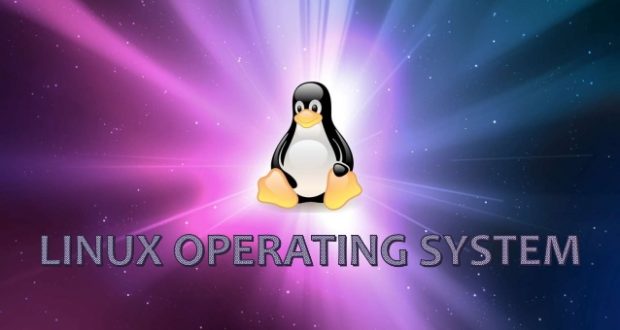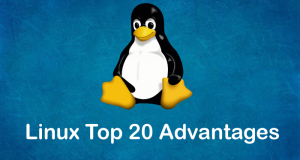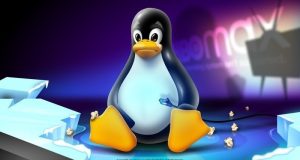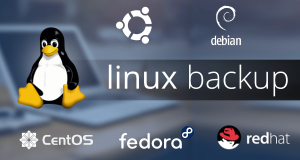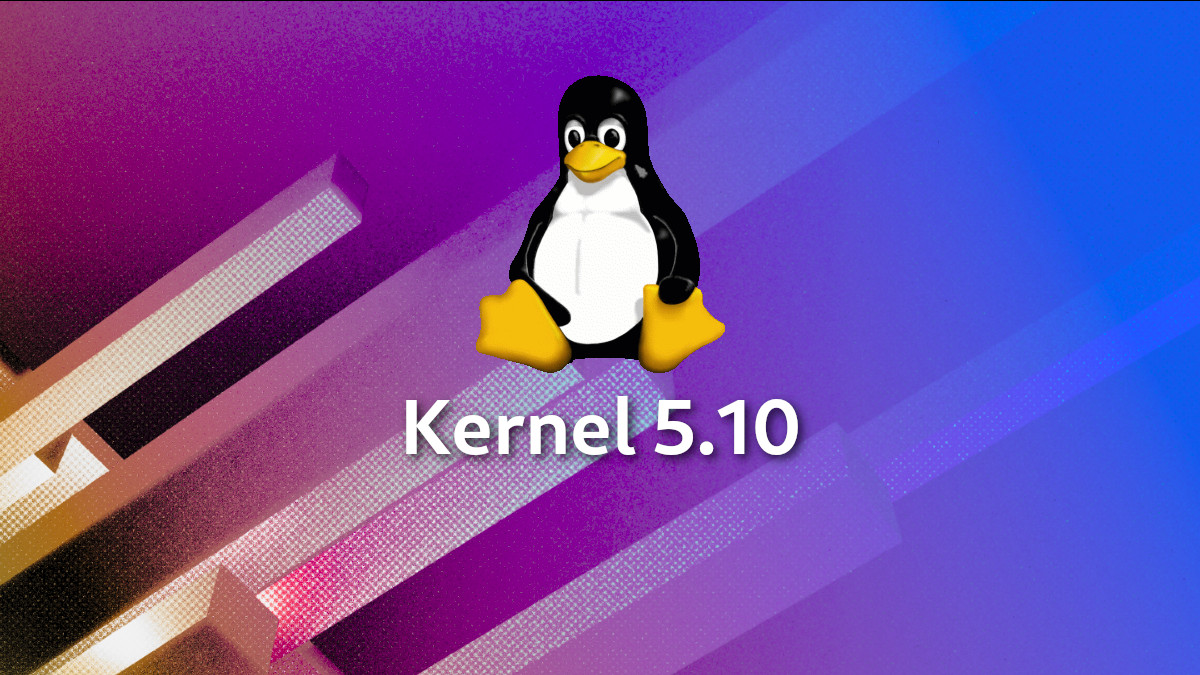Our experts answer your technical questions.
Implementing Ballistic Mouse Control
I’ve been spoiled by operating systems that use “ballistic mouse” control (a fast motion of the mouse moves the mouse a lot while a slow motion moves the mouse very little). I’m using Metro-X but seem to recall the same limitation with XFree.
Is there a patch or parameter available which will enable a mouse to respond to the speed of the mouse movement? I’m running at a fairly high resolution and I have to pick my mouse up two or three times to move the cursor from one side of the screen to the other. —Mike Hall
You can do this using the m option of the xset command. This command lets you set parameters for both acceleration and a threshold for the number of pixels the mouse must travel before it accelerates. Check out the xset man page. —Samuel Ockman & Larry Augustin, VA Research ockman@varesearch.com and lma@varesearch.com
How Do I Remove This File?
I have Red Hat 4.2, and I have noticed something strange at the root “/” directory. I have a file named “..”. This is in addition to the normal directories “.” and “..”. How do I delete a —Kevbo
The file cannot truly be called “..” because the “..” directory is present. Its name is probably “.. ” (with a trailing space) or something similar. The problem here is finding the name of the file so you’ll be able to remove it. Try typing the command ls -l > listfile and then look in listfile with a binary capable editor like Emacs, or use the “set list” command in vi to show the end of line, and trailing blanks will be revealed. Then, using double quotes or wildcard characters (expressions like “..?”), you’ll be able to identify the file on the command line and remove it.
Other files that are often hard to remove are those beginning with a minus sign. (For example a file named “-test”). To remove these files just use a relative pathname, e.g., —Alessandro Rubini alessandro.rubini@pluto.linux.it
Error During Red Hat Install
I can’t install Red Hat 4.0 on my system. I have a mainboard with a P200 MMX and USB support. When I try to autoboot from a CD-ROM the system starts loading Linux but then suddenly reboots with error messages like “Unknown PCI-device”. I can only install Slackware from a boot disk when I press PAUSE a few times while loading the image. What can I do about this? —Mario Vos Red Hat 2.0.0
Most likely the kernel you are trying to boot can’t deal with your PCI controller. Sometimes, though, a system prints what appears to be an error message but works anyway. Make sure you aren’t just seeing what you think are errors and not giving it a chance to work.
If there truly are errors the best thing to do is to try a more recent version of Red Hat (4.2 currently). —Donnie Barnes, Red Hat Software redhat@redhat.com
Does Linux Support Multicasting?
Can Linux support native IP multicasting over PPP? If so, what version(s) must I use and what are the configuration requirements? —Don Skillen Caldera 2.0.29
Make sure your kernel has been compiled with these options:
- IP: multicasting
- IP: forwarding/gatewaying
- IP: multicast routing (experimental)
- IP: tunneling
You should also check out the web page http://www.teksouth.com/linux/multicast/. It is a great resource for information on Linux multicasting. —Mark Bishop mark@vincent.silug.org
Why Is My Sendmail Slow?
I have two machines connected via 10Base coaxial cable. One is running Linux Slackware 2.0.30 and the other is running Windows 95. I’ve configured Sendmail on my Linux machine. I use a Netscape mailer on the Win95 machine. When I send mail between the two machines Sendmail takes a very long time to send the mail even though it’s just a test mail. The mail coming from Netscape to the Linux box is turbo fast. —Ronneil Camara Slackware 3.3
Your machine is most likely trying to do a reverse DNS lookup to determine the host name of the machine from which you are connecting. The delay you are experiencing is the time waiting for the DNS response. On the Linux box, run the “host” command with the IP number of your Windows 95 machine. It should return the name of the Windows 95 machine. If it doesn’t, your name server setup is not correct.
If you don’t have an external name server (provided by your ISP), and don’t want to create your own, make sure that the daemon named is not running on your Linux machine; confirm this by typing:
ps ax | egrep -i named
Next add an entry for the Windows machine to the /etc/hosts file.
If you are running named, check its setup. You should run reverse DNS to map IP numbers to host names. The Network Administrator’s Guide by Olaf Kirch is freely available and is a good guide to setting up a name server.
If your Internet service provider is providing the name server, make sure your /etc/resolv.conf file correctly points to your ISP’s name server, and talk to your ISP to make sure they are correctly providing reverse DNS. —Larry Augustin, VA Research lma@varesearch.com
Getting Started With Linux
What files do I need to get started? Where do I get them? How do I install them? —Michael Hall
Linux is best installed from a distribution, which is a collection of usable kernels, software and utilities. Distributions generally have decent installation programs that allow you to set up and install the packages that come with them.
There are many distributions, such as Slackware, Red Hat, Debian and others. If you are new to Linux and have no Unix experience, you may wish to buy a book on Linux since that book will come with a Linux CD and easy installation instructions.
If you want to do this on your own, visit the primary Linux FTP site, http://sunsite.unc.edu/, or a mirror of this site. Look in the /pub/Linux/distributions directory. Each distribution has different requirements and installation procedures, so you will have to look for README (and other) files there.
For experienced computer users who want to get into Linux without a book, I recommend Slackware. It can be installed from almost any media, even DOS-formatted floppy disks, and it’s somewhat easier to figure out than other distributions when you go it alone. —Chad Robinson, BRT Technologies chadr@brt.com
 Linux, Linux OS, Free Linux Operating System, Linux India Linux, Linux OS,Free Linux Operating System,Linux India supports Linux users in India, Free Software on Linux OS, Linux India helps to growth Linux OS in India
Linux, Linux OS, Free Linux Operating System, Linux India Linux, Linux OS,Free Linux Operating System,Linux India supports Linux users in India, Free Software on Linux OS, Linux India helps to growth Linux OS in India
